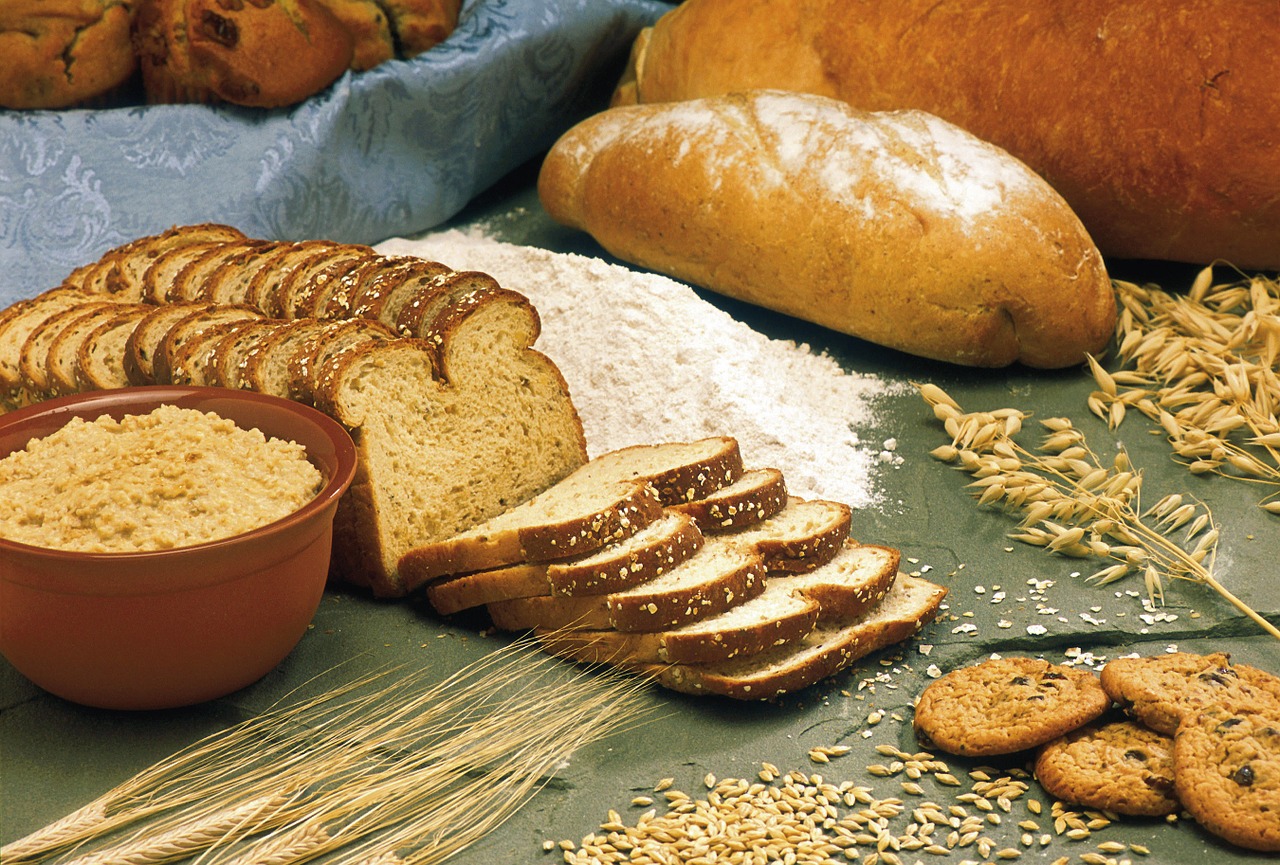
One of the first times my beliefs entered into the “real” world happened when I was fourteen. It was a rainy afternoon and I was babysitting in a new place. While the little girl slept, someone knocked on the condo door. I opened it to two young men who identified themselves as Jehovah’s Witnesses. I had no idea what that meant, but they were kind and seemed interested in what I knew about Jesus. I told them I went to church and they asked me if I knew the prayer that Jesus taught. I nodded and they handed me a pamphlet. As I looked at the version of the Lord’s Prayer written there, they asked me if I was willing to forgive others so that I, too, could be forgiven. I said, “I think so,” and they said they would pray for me and left me with the pamphlet.
Before that moment, it never occurred to me to think about what the Lord’s Prayer really meant. I suddenly found myself fearful that I would not be forgiven because there were people I wasn’t able to forgive. You know, “Forgive us our sins as we forgive others.” I wasn’t sure if it meant forgive us at the same time we forgive others or in the same manner in which we forgive others. I continued to wrestle with the meaning of this prayer for years. More importantly, the encounter I had with those two young men taught me to ask of any scripture passage, “What does this mean now?” It’s this question that has served me well.
In the midst of all the “bread” passages this summer, this question is one that seeks an answer. It’s all well and good to say that Jesus is, indeed, the Bread of Life. But if we leave it there, with just the statement, we miss an enormous part of the lesson. Jesus wanted people to walk away with something more than full bellies when he kept telling them that he is the Bread of Life, the bread that means life for the world. These words sound good, but what do they really mean?
The truth is that these words mean nothing if we do not give them substance. If we, as church, do not embody the Bread of Life, then Jesus’ teaching is just words on a page, an ancient story that has lost its power. Jesus made a point of saying that once bread was given to the people of God in a particular time and place, but he, Jesus, was giving bread to all the world – all people everywhere – so that they may have life. Today that means no one is going to know about this amazing bread unless we share it, unless we become it.
What if we all asked ourselves if the way we are living or what we are doing in the moment brings life to the world? Does remaining silent while immigrant children remain separated from their parents bring life to the world? Does allowing the government to diminish the rights of LGBTQ+ people provide anyone with the Bread of Life? Does ignoring when police officers shoot People of Color satisfy anyone’s hunger? Does sitting quietly in our pews on a Sunday morning without responding to the cries for justice create a path to eternal life? If we are church members, then we are part of the body of Christ – we are the Bread of Life for the hungry of this world here and now.
Somehow, the question of what Jesus meant becomes more urgent when we think of ourselves as the body of Christ alive in the world today. We cannot bring life if we are only focused on our own needs, if we fail to attend to the hunger and thirst that is all around us. What do we do now?
First, we remember that we are not alone. We are bound to one another by the power of the Holy Spirit. The psalmist reminds us that with God there is steadfast love. Trusting God’s steadfast love for all of Creation, we can breathe deeply and keep reaching for the justice that seems always just beyond our grasp.
And while we are reaching forward empowered by steadfast love, we will remember that we are to be “imitators of God” by living in love with all our neighbors. Jesus showed us what this looked like. Jesus taught us how we can accomplish this. The Bread of Life feeds all who come to the table with hunger and thirst, without exception. How do we live by this example? How do we stop saying who is and who is not welcome at the table? How do we feed all who hunger and thirst with a bread that will bring the world to life?
The answer is simple: We love. We love one person at a time if need be. We love and nurture and claim all who advocate for the vulnerable among us. We cherish the vulnerable and the strong among us with the same fierceness with which God claims us.
I thank God for those two young men who knocked on the door that long-ago day. They opened my eyes to an important question to ask of any biblical text. What does this mean now? What does it mean for us now that Jesus is the Bread of Life. It means that we, by extension, are the Bread of Life. The world is hungry for food that will sustain and nurture. Let’s remove all the additives and preservatives and flavorless ingredients and get to offering bread with nutritional value. You know, bread that can sustain life. In other words, let’s figure out how to love as Jesus loves and let the rest go. Then, and only then, will we be the bread that brings life to the world.
RCL – Year B – Twelfth Sunday after Pentecost – August 12, 2018
2 Samuel 18:5-9, 15, 31-33 with Psalm 130 or
1 Kings 19:4-8 with Psalm 34:1-8
Ephesians 4:25-5:2
John 6:35, 41-51
Photo: CC0 image by FotoshopTofs

1 thought on “Bread with Nutritional Value”